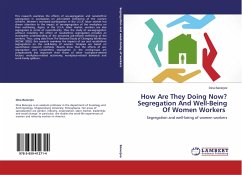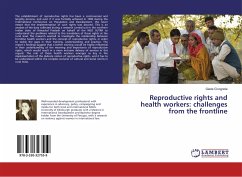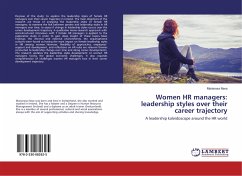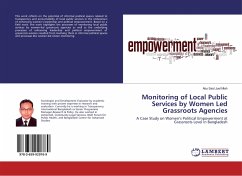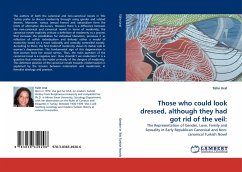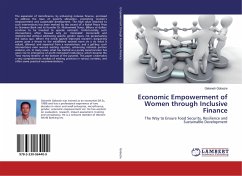This research examines the effects of sex-segregation and racial/ethnic segregation in workplaces on job-related well-being of the women workers. Women's increased participation in the U.S.A. labor market has drawn attention to the impact of sex-segregation of the workplace on their well-being. Again, in the U.S.A. labor market, workers are also segregated in terms of race/ethnicity. Thus the study of sex-segregation without including the effect of racial/ethnic segregation provides an incomplete understanding of the perceived job-related well-being of the workers. Thus, using data from The National Study of Changing Workforce (NCSW: 2002), this research examines the impacts of sex and racial/ethnic segregations on the well-being of women. Analyses are based on quantitative research methods. Results show that the effects of sex-segregation and racial/ethnic segregation in the workgroups are comparatively less important than those of other workplace-related factors: workplace-related autonomy, workplace-related demands and work-family spillover.

